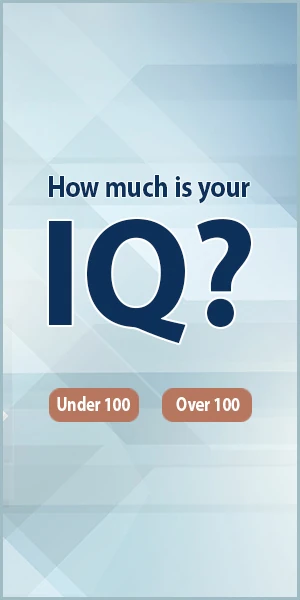
Vladimir Voevodsky and his collaborators have provided us with a very interesting candidate-category of motives: a category (of sheaves relative to an extraordinarily fine Grothendieck-style topology on the category of schemes) which in some intuitive sense "softens algebraic geometry” so as to allow for a good notion of homotopy in an algebro-geometric setup and is sufficiently directly connected to concrete algebraic geometry to have already yielded some extraordinary applications. The quest for a full theory of motives is a potent driving force in complex analysis, algebraic geometry, automorphic representation theory, the study of L functions, and arithmetic. It will continue to be so throughout the current century.
Barry MazurRelated topics
arithmetic category century complex concrete continue fine force full geometry good intuitive representation sense study topology setupRelated quotes
There is reason for this shift of emphasis from any actual price to a hypothetical 'equilibrium' price. It is usually more interesting to know where a train is going than to know exactly where it is at any moment. The 'equilibrium' position of any price, wage, firm, industry, or system is the position toward which it is tending. The importance of equilibrium analysis, then, is that it enables us to discuss the directions of change. If a train is in New- York and its 'equilibrium' position is in Chicago, we are reasonably confident that the general direction of its motion will be westward, even if it unaccountably decides to travel north for the first hundred and fifty miles.

Kenneth Boulding
Traditionally, economic analysis treats the economic system as one of the givens. The term "design" in the title is meant to stress that the structure of the economic system is to be regarded as an unknown. An unknown in what problem? Typically that of finding a system that would be, in a sense to be specified, superior to the existing one. The idea of searching for a better system is at least as ancient as Plato's Republic, but it is only recently that tools have become available for a systematic, analytical approach to such search procedures. This new approach refuses to accept the institutional status quo of a particular time and place as the only legitimate object of interest and yet recognizes constraints that disqualify naive Utopias.

Leonid Hurwicz
I have presented the periodic table as a kind of travel guide to an imaginary country, of which the elements are the various regions. This kingdom has a geography: the elements lie in particular juxtaposition to one another, and they are used to produce goods, much as a prairie produces wheat and a lake produces fish. It also has a history. Indeed, it has three kinds of history: the elements were discovered much as the lands of the world were discovered; the kingdom was mapped, just as the world was mapped, and the relative positions of the elements came to take on a great significance; and the elements have their own cosmic history, which can be traced back to the stars.

Peter Atkins
We want to be clearly understood on this point. We are not trying to say that signs and rites are a big piece of humbug. They would be such if people did not need them; but we have to recognize that everyone has not the same degree of intelligence. Children have always had fairy stories told to them, and these stories will continue to be told as long as there are nurses and mothers. Children have faith and this is what saves them. Imagine a child of seven saying: 'I do not want to accept anything I cannot understand.' What could one teach such a monster? Accept what your teachers tell you to begin with, my fine fellow, then study it and, if you are not an idiot, you will understand it by-and-by.

Eliphas Levi
...nor have I found occasion to depart from the plan... the rejection of the whole doctrine of series in the establishment of the fundamental parts both of the Differential and Integral Calculus. The method of Lagrange... had taken deep root in elementary works; it was the sacrifice of the clear and indubitable principle of limits to a phantom, the idea that an algebra without limits was purer than one in which that notion was introduced. But, independently of the idea of limits being absolutely necessary even to the proper conception of a convergent series, it must have been obvious enough to Lagrange himself, that all application of the science to concrete magnitude, even in his own system, required the theory of limits.

Augustus De Morgan
